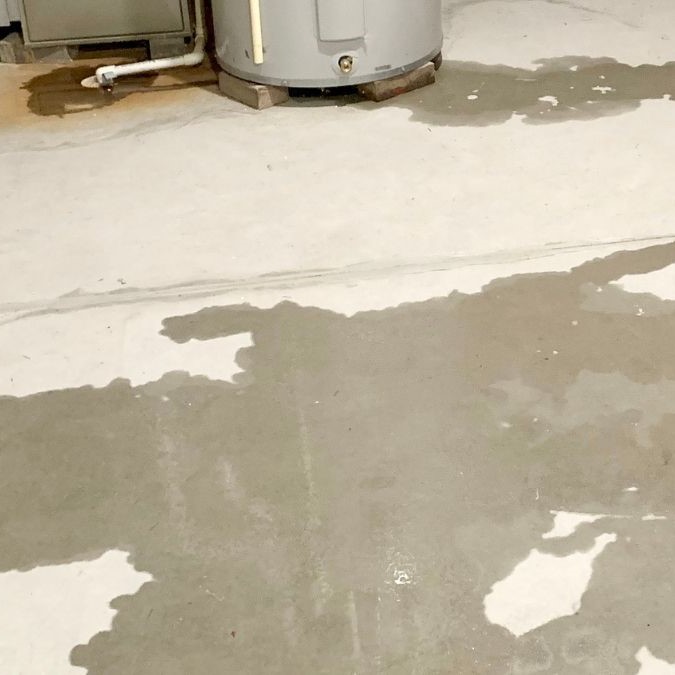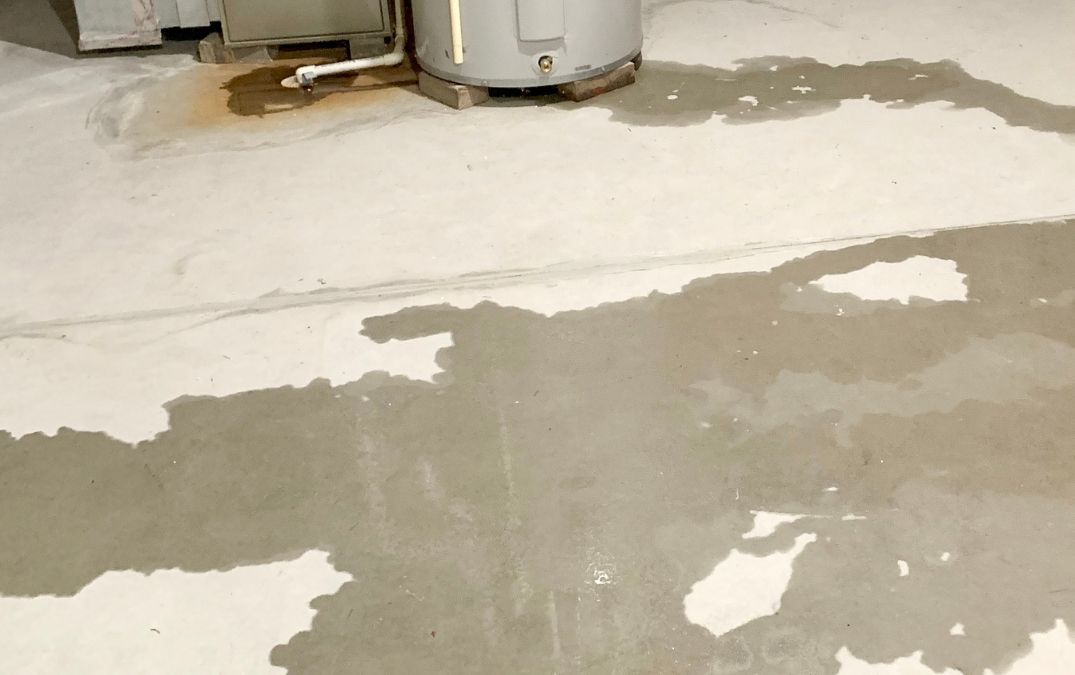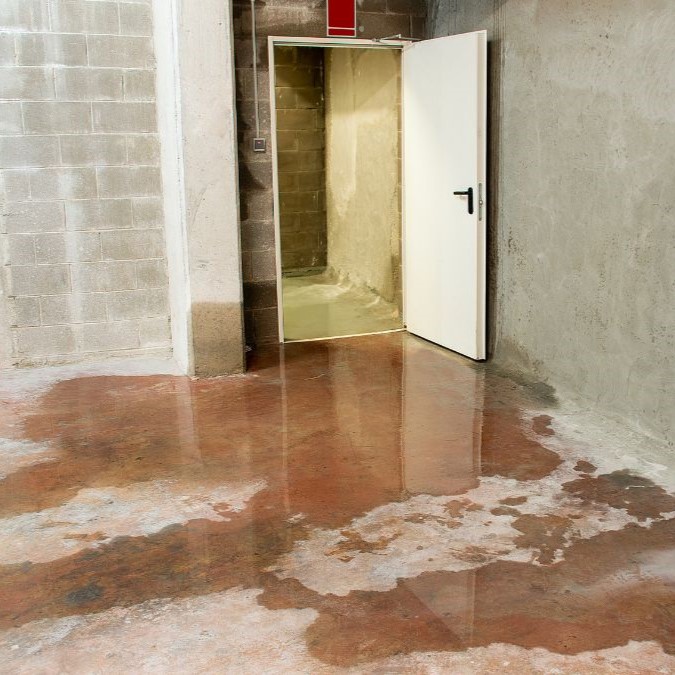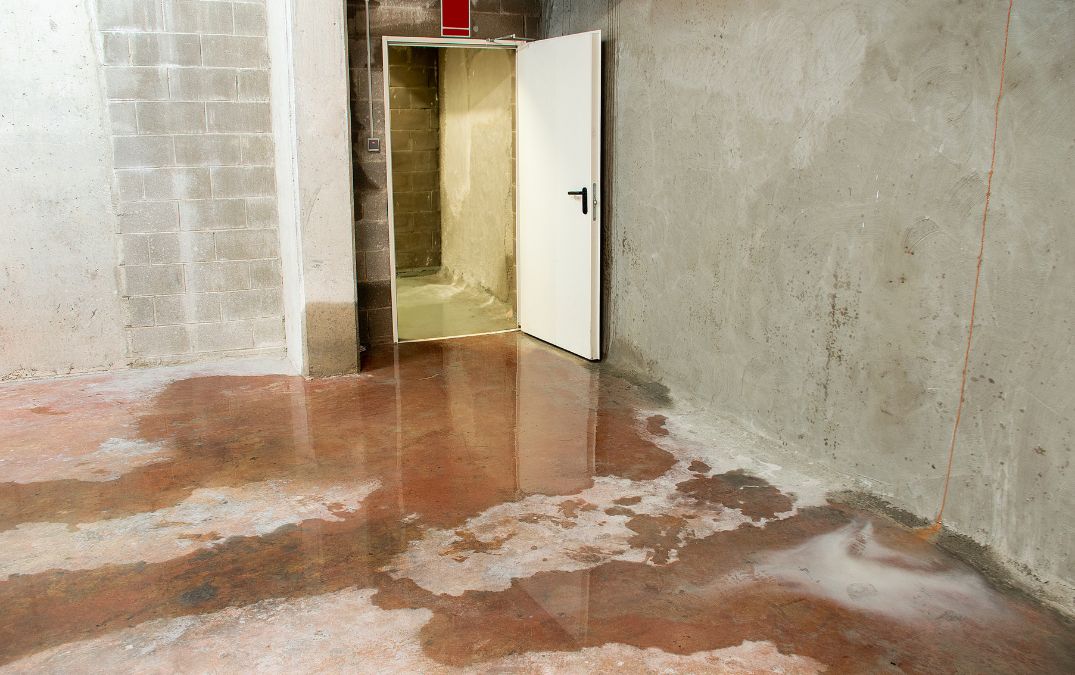How to address a damp concrete floor
First, determine whether the moisture is due to condensation. Condensation typically occurs when warm, humid air comes into contact with the cooler surface of the concrete. To mitigate this, improve ventilation in the area by using fans or installing a dehumidifier to reduce the humidity levels. Additionally, you can insulate the concrete floor to help maintain a consistent temperature and prevent condensation.
If the moisture is seeping up from the ground, it might be due to a high water table or poor drainage. Make sure that the grading around your property slopes away from the foundation to direct water away. Installing a perimeter drain system or French drain can help manage water flow around the building. Applying a waterproof sealant to the concrete surface can also provide an extra layer of protection against water infiltration.
Rising damp, which is the upward movement of moisture through the pores of the concrete, is more common in older buildings lacking modern moisture barriers. To address this, you can install a vapor barrier under the concrete slab if it’s accessible. For existing structures, applying a liquid damp-proof membrane to the surface can help prevent moisture from rising.



